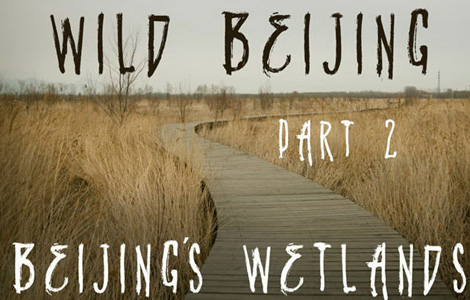Beautiful scars streak toward the ethereal
Updated: 2013-07-04 07:52
By Xu Jingxi in Guangzhou (China Daily)
|
||||||||
He Duoling is hailed as an icon of "scar painting", or "painting the wounded" - an art phenomenon that appeared in the later period of the "cultural revolution" (1966-76). It was a shift from portraying heroes to depicting ordinary people's fates.
People were amazed that Spring Winds Have Awoken - He's quiet painting of a girl, ox and dog on the grassland - could deliver such a strong message about how the reform and opening-up policy was awakening Chinese society.
He says people read too much into his paintings. It was a beautiful misunderstanding, he explains.
He wasn't thinking about such a grand theme when he created the painting. He was simply recalling the loneliness and freedom of his days on the grasslands of Sichuan province's Liangshan Yi autonomous prefecture, where he labored for three years during the "cultural revolution".
American Andrew Wyeth's paintings inspired him to vividly reproduce the prairie.
"I've expressed my personal feelings through my paintings throughout my 30-year career, without any link to social issues except for my works lamenting the 2008 Wenchuan earthquake," He says.
"I'm from Sichuan, and the quake was such a shock to me that I had to create something."
He doesn't aspire to change the world with his paintings and doesn't believe they possess the power to do so.
"The more personal art is, the better it represents the artist," he says.
"Artists can't create great works if they don't follow their hearts."

Poet, curator and He's friend of 35 years Ouyang Jianghe describes He as "a man who refuses to be labeled or categorized under any school of art".
"He's a lone wolf," Ouyang says.
"He only follows his heart."
Poetry is He's hobby and an inspiration for his paintings. His poet ex-wife Zhai Yongming exposed him to modern Western poems in the 1980s.
He's paintings are becoming increasingly ethereal. The light strokes and hazy colors give them a poetic feel.
He gave up the meticulous close-up detail-creation techniques he learned from Wyeth and is working on oil painting with Chinese ink techniques, such as creating lone-standing images, blurring backgrounds and leaving blank spaces.
National Art Museum of China director Fan Di'an says He's wisdom lies in his realization that while Western art offers sustenance, it can't be the only staple.
"It must be complemented by indigenous cultural and artistic traditions," Fan says.
Fan wrote for He's 2011 solo exhibition in Beijing: "Like Western art in the early 20th century, Chinese art was undergoing the 'shock of the West' at the end of the century. Chinese artists' assimilation is not without its price. By adopting Western styles wholesale, they have lost touch with their artistic traditions."
xujingxi@chinadaily.com.cn
(China Daily USA 07/04/2013 page10)

 Ecuador finds spy mic for Assange meeting
Ecuador finds spy mic for Assange meeting
 US martial artists arrive at Shaolin Temple
US martial artists arrive at Shaolin Temple
 July 4 in Prescott: Balance of grief, patriotism
July 4 in Prescott: Balance of grief, patriotism
 Jubilant crowds celebrate after Mursi overthrown
Jubilant crowds celebrate after Mursi overthrown
 Growth slowing for services
Growth slowing for services
 Venezuela eyed as Snowden seeks asylum
Venezuela eyed as Snowden seeks asylum
 Anti-terror drill staged in Xinjiang
Anti-terror drill staged in Xinjiang
 Memorial service held for 19 Arizona firefighters
Memorial service held for 19 Arizona firefighters
Most Viewed
Editor's Picks

|

|

|

|

|

|
Today's Top News
US welcomes China's engagement in Africa
Data show shifts in US, China economies
Obama, Merkel agree talks on surveillance program
Filipino executed for drug trafficking
Obama orders US to review aid to Egypt
Snowden still in Moscow
China urges more efficient uses of fiscal funds
Egypt army topples president Morsi
US Weekly

|

|






